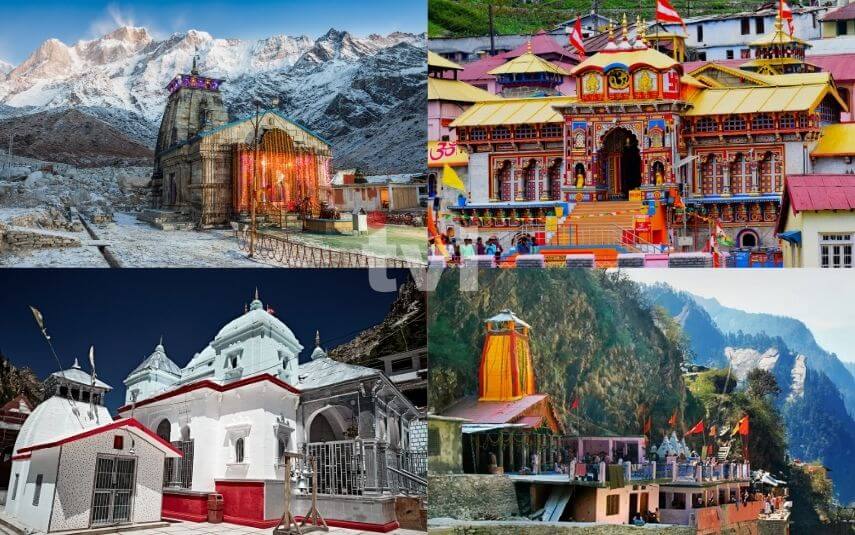Do Dham Yatra

Overview
The Chardham Yatra usually lasts 10 to 14 days, and it can be challenging to secure time off work for so long. So, pilgrims visit Char Dhams in Do Dham Yatra or Ek Dham (one dham at a time). The Yamunotri-Gangotri Yatra and the Badrinath-Kedarnath Yatra are two popular Do Dham Yatras that last only 5 to 7 days.
Itinerary
Uttarkashi to Guptkashi /Rampur /Sitapur night stay.
Kedarnath treaking 16 km. by heli / pony / on foot darsan lord Shiva. Night stay at kedarnath.
After breakfast, we will visit Shankaracharya Samadhi and begin the trek to Gaurikund. Later in the day, we will ride to Rudraprayag and stay there overnight.
Phata to Badrinath darsan Vishnu bhawan ji temple and mana village night stay at Badrinath.
Badrinath to Srinagar night stay
Visit on the way kashi Vishwanath Temple, Punch Prayag, Joshimath, Rishikesh..
Cost
The Cost Includes
- Hotel accommodation as per package same or similar hotels.
- Meals as per package (Breakfast, Dinner).
- Transfers and sightseeing as per above.
- All toll tax, parking, fuel and driver allowances.
The Cost Excludes
- Horse / Paalki / Heli for Trekking at Kedarnath.
- Drink and Insurence
- All personal expenses, optional tours and extra meals.
- Any kind of entry fees anywhere if not mentioned in including.
- Tips, travel insurance, medical insurance, laundry charges, liquors, mineral water, telephone charges.
- Porter, pony, horse, cable car, boat, train tickets, air tickets charges
FAQs
The Chardham Yatra starts in April or May and goes on until October or November. The doors of all four temples (Badrinath, Kedarnath, Yumunotri, and Gangotri) stay open until the "Diwali Festival," which is celebrated every year in October or November.
Hindus celebrate "Diwali festival," which is also known as "Deepawali." The holy saints, gurus, and priests select when this festival will happen based on the Hindu calendar. After Diwali, the doors of all the temples stay closed for five or six months because of heavy snow and very cold weather. This is because all of these temples are in the remote parts of the Himalayan Mountains, where the weather is unpredictable and life is hard to survive.
Hindus celebrate "Diwali festival," which is also known as "Deepawali." The holy saints, gurus, and priests select when this festival will happen based on the Hindu calendar. After Diwali, the doors of all the temples stay closed for five or six months because of heavy snow and very cold weather. This is because all of these temples are in the remote parts of the Himalayan Mountains, where the weather is unpredictable and life is hard to survive.
According to Hindu mythology, Char Dham signifies "four holy places" in India. The Chardham of India, which includes Puri, Dwarka, Badrinath, and Rameshwaram, is the most holy of all pilgrimages. People think that going on a pilgrimage to these sacred sites in the four corners of India can wash away their sins and free them from the cycle of birth and death.
Some people, nonetheless, termed these places Char Dham—Yamunotri, Gangotri, Kedarnath, and Badrinathji (in Uttaranchal). These places are sacred, but they are not literally char dham. All Dhams are holy places, but "Char Dham" specifically refers to Puri, Dwarka, Badrinath, and Rameshwaram, where four Shankaracharyas live.
Some people, nonetheless, termed these places Char Dham—Yamunotri, Gangotri, Kedarnath, and Badrinathji (in Uttaranchal). These places are sacred, but they are not literally char dham. All Dhams are holy places, but "Char Dham" specifically refers to Puri, Dwarka, Badrinath, and Rameshwaram, where four Shankaracharyas live.

